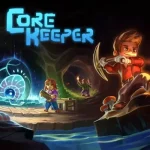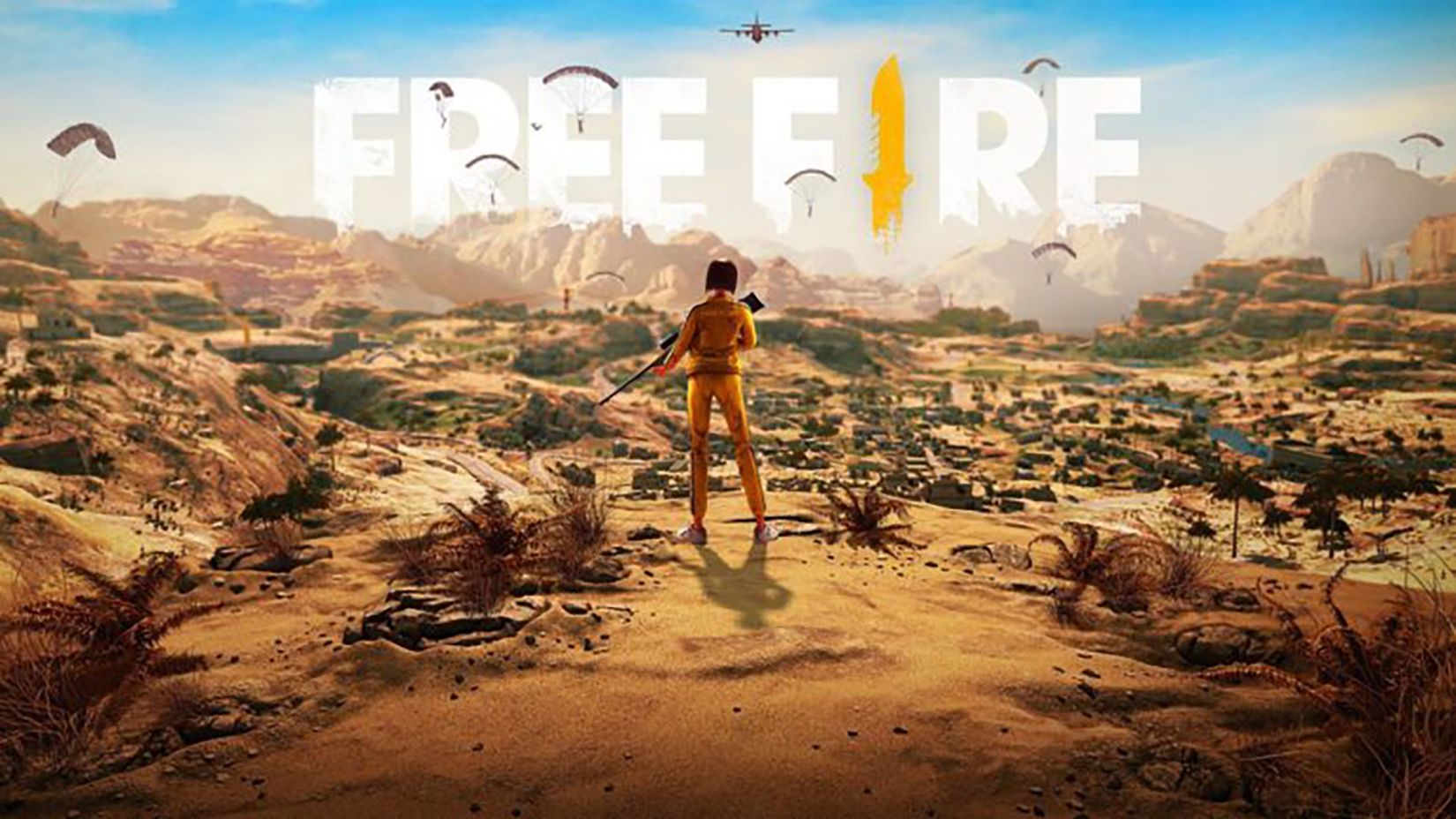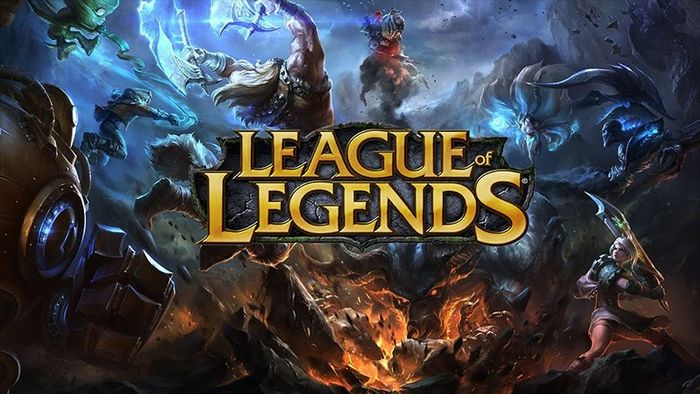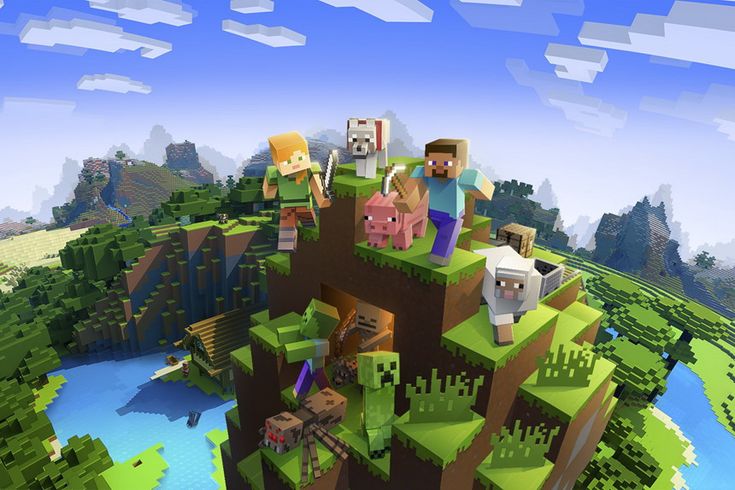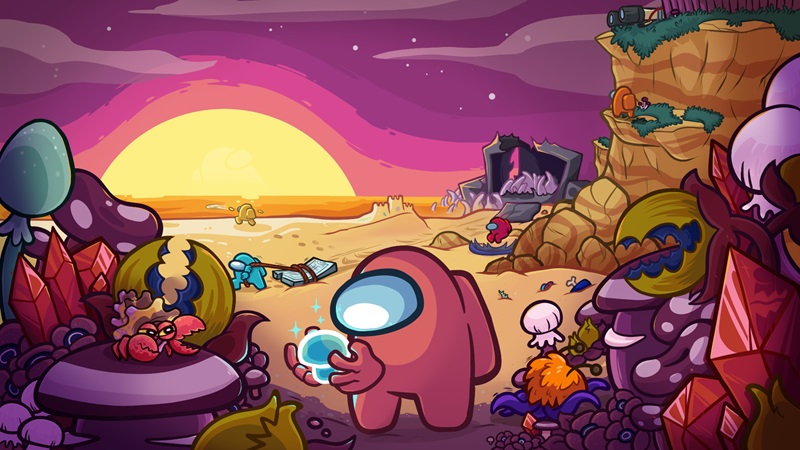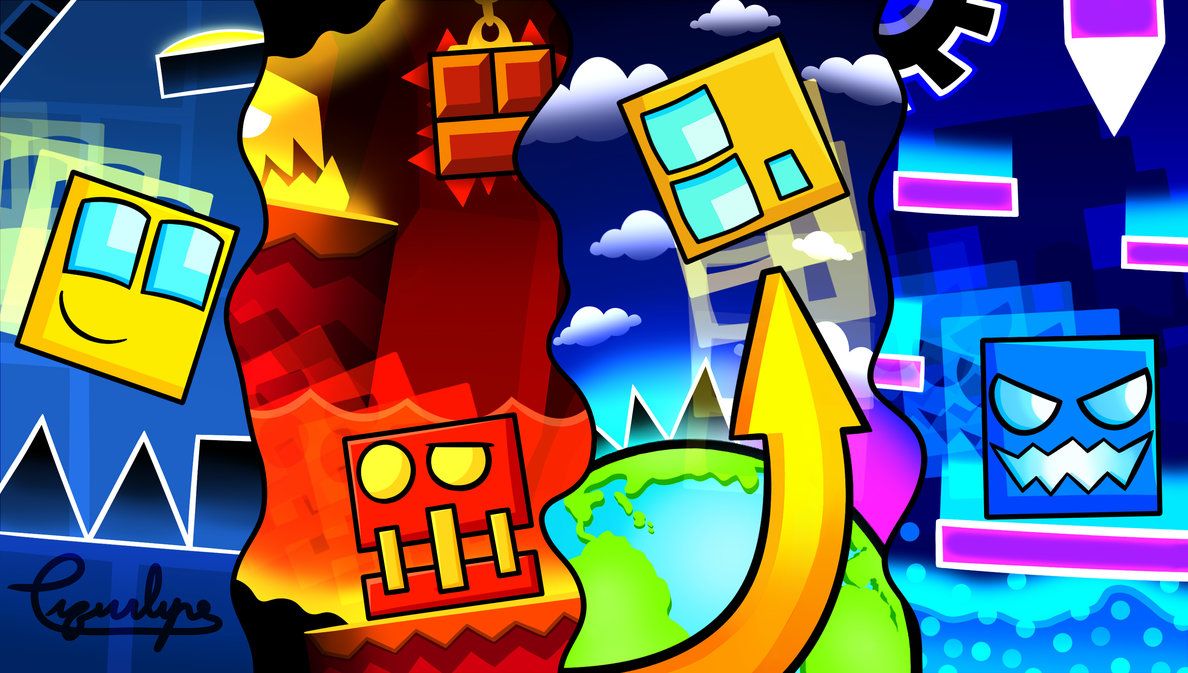Avatar World has evolved into a profound concept that bridges identity, technology, and virtual existence. From simple representations in early internet days to fully immersive digital characters shaped by AI and virtual reality, avatars are now an extension of ourselves—emotionally, socially, and economically. This article takes you through the timeline of Avatar World, examining its origins, technological breakthroughs, cultural significance, and future possibilities.
1. The Origins of Digital Identity (Before 2000)
The roots of Avatar World lie in the earliest days of the internet, when users began representing themselves in shared online spaces.
Early text-based avatars and communities
In the 1970s and 80s, Multi-User Dungeons (MUDs) and text-based bulletin board systems (BBS) allowed players to adopt pseudonyms and roles. These weren’t graphical avatars yet, but they laid the groundwork for digital persona:
-
Players chose fantasy roles like warriors or mages.
-
Text descriptions and in-game reputation formed early digital identity.
ASCII art and signatures as primitive avatars
On early forums and emails, users included stylized ASCII art, personalized signatures, and creative usernames. These digital marks were crude avatars of personality.
2. The Rise of 3D Avatars and Virtual Worlds (2000–2005)
The early 2000s marked the birth of visual, interactive avatars in persistent virtual spaces.
Second Life and the concept of a persistent digital self
Released in 2003, Second Life was a groundbreaking platform where users could create avatars, buy virtual land, and build businesses.
-
Avatars weren’t limited to humanoid forms—they could be animals, aliens, or surreal beings.
-
Virtual real estate and commerce gave avatars economic power.
MMORPGs and character attachment
Games like World of Warcraft (2004) allowed players to create characters with personalized gear, names, and progression.
-
Avatars became symbols of achievement and self-expression.
-
Guilds and communities created strong social bonds through avatars.
3. Console and Mobile Avatar Platforms (2006–2010)
With the popularity of game consoles and smartphones, avatars became more accessible and stylized.
Miis and casual avatars
Nintendo introduced Miis on the Wii in 2006. These cartoonish figures were used across games and apps, especially in family-oriented settings.
-
Customizable facial features, hair, and outfits.
-
Avatars were portable across games, creating a sense of identity.
Avatars on Xbox and PlayStation
Xbox Live and PlayStation Home introduced avatars that represented players in the gaming ecosystem.
-
Players could dress up avatars and showcase achievements.
-
These avatars helped form social reputations within gaming networks.
Early mobile avatar apps
Simple apps like Bitstrips and FaceQ let users create digital likenesses to share on social media.
-
Early steps toward mobile-based avatar culture.
-
Used primarily for humor, messaging, and personalization.
4. Social Avatars and the Dawn of VR (2011–2015)
This period saw avatars expand beyond games into communication platforms and early virtual reality.
Bitmoji and social media integration
Snapchat acquired Bitmoji in 2014, allowing users to create expressive cartoon avatars for chats, reactions, and stickers.
-
Bitmoji allowed quick, humorous, and emotionally rich self-expression.
-
Integrated across social media platforms.
VRChat and virtual interaction
Launched in 2014, VRChat enabled users to embody avatars in virtual reality.
-
Avatars ranged from anime characters to abstract creations.
-
Users could talk, gesture, and move in shared 3D environments.
The first consumer VR experiences
Oculus Rift's development kits set the stage for virtual presence:
-
Full-body tracking allowed avatars to mirror user motion.
-
Voice communication brought avatars to life.
5. VR Goes Mainstream and Avatar Customization Booms (2016–2018)
Virtual reality became more affordable, and avatars became a key part of entertainment and identity.
VR headsets and expanded presence
In 2016, Oculus Rift CV1, HTC Vive, and PlayStation VR were released.
-
These devices made avatars responsive to movement and gestures.
-
Users could meet, play, and collaborate in VR using avatars.
Games built around avatars
Roblox and Fortnite redefined online play with extensive avatar customization.
-
Fortnite’s skins and emotes gave identity and status to players.
-
Roblox let users create their own worlds and avatar outfits.
Technical improvements
-
Lip-syncing and facial expression tracking began emerging.
-
Motion capture for real-time avatar animation improved realism.
6. The Pandemic and the Metaverse Moment (2019–2020)
COVID-19 changed how people lived, worked, and socialized—accelerating the use of avatars and virtual platforms.
Virtual interaction becomes essential
Work-from-home increased reliance on video calls and virtual avatars.
-
Zoom introduced facial filters and basic avatars.
-
Social distancing created demand for virtual concerts, parties, and meetups.
Avatars in professional and creative spaces
Artists held concerts in Fortnite. Schools and companies hosted events in VRChat or AltspaceVR.
-
Avatars enabled continued social interaction in safe, digital environments.
Rise of the metaverse concept
Facebook rebranded as Meta in late 2021, signaling a major investment in the metaverse.
-
Avatars became central to Meta’s Horizon platforms.
-
Public interest in Avatar World surged.
7. NFT Avatars and Digital Economies (2021–2022)
Avatars became tradeable, ownable assets through blockchain and NFT technology.
NFT profile pictures and exclusivity
Projects like Bored Ape Yacht Club and CryptoPunks sold unique avatar images backed by NFTs.
-
Owners used them as profile pictures across social media.
-
They functioned as both identity and investment.
Fashion and brand partnerships
Brands began designing virtual clothing and accessories.
-
Gucci, Nike, and Balenciaga released digital items for avatars.
-
These items were sold as NFTs or used in games like Roblox and Fortnite.
Avatars in commerce
Virtual real estate, in-game stores, and NFT marketplaces became key components of Avatar World.
-
Users bought and sold digital goods using crypto.
-
Some made real income through their avatars.
8. AI and Hyper-Personalization (2023–2025)
Artificial Intelligence transformed avatar creation, realism, and inclusivity.
AI-generated avatars
Apps like Lensa used AI to generate stylized avatars from selfies.
-
Users could receive dozens of versions in different artistic styles.
-
AI-assisted creation replaced manual customization.
Emotion-aware avatars
Advanced avatars began to detect and replicate emotions:
-
Real-time facial expression syncing.
-
AI-generated voice responses in real-time.
More inclusive representations
Developers introduced tools for non-binary, disabled, and diverse body types:
-
Adaptive clothing and movement.
-
Avatars that reflect real-life diversity and cultural nuance.
9. The Next Frontier: 2025–2030
What will Avatar World look like in the near future? Expect increased immersion and realism.
Full-body and face scanning
LIDAR sensors in smartphones and affordable 3D scanning hardware:
-
Users can create life-like avatars in minutes.
-
Realistic body shape, face, and even posture integrated.
Sensory avatars
Haptic feedback suits and smart gloves are entering the market.
-
Avatars will simulate touch, pressure, and even temperature.
-
Could be used for remote work, therapy, and training.
Cross-platform identities
Open standards will allow users to carry avatars across platforms:
-
One avatar used in games, meetings, and social apps.
-
Digital identity becomes unified.
10. Cultural, Social, and Ethical Dimensions
Avatars are more than visuals—they carry meaning, identity, and ethical dilemmas.
Expression and experimentation
Avatars allow users to:
-
Explore gender, race, and personality safely.
-
Express identity in ways not possible in real life.
Real communities and relationships
Digital friendships, VR weddings, and support groups all form in Avatar World.
-
Emotional bonds formed through digital presence are real and lasting.
Risks and challenges
-
Digital identity theft and avatar impersonation.
-
Ethical concerns about deepfakes, AI avatars, and ownership of likenesses.
-
Need for better moderation and user protections.
Conclusion: The Expanding Reality of Avatar World
Avatar World is not just about games or gimmicks—it represents a shift in how we experience life, identity, and interaction. What started as simple icons has evolved into sophisticated, emotionally intelligent beings that carry our stories into digital realms.
As technology continues to improve, avatars will become more lifelike, portable, and expressive. They’ll represent us in work, play, creativity, and even relationships. But with this power comes responsibility—ethical design, inclusive practices, and privacy protections must shape the future.
In the end, Avatar World isn’t just about digital representation—it’s about reimagining who we are, how we connect, and what it means to be human in an increasingly virtual world.












